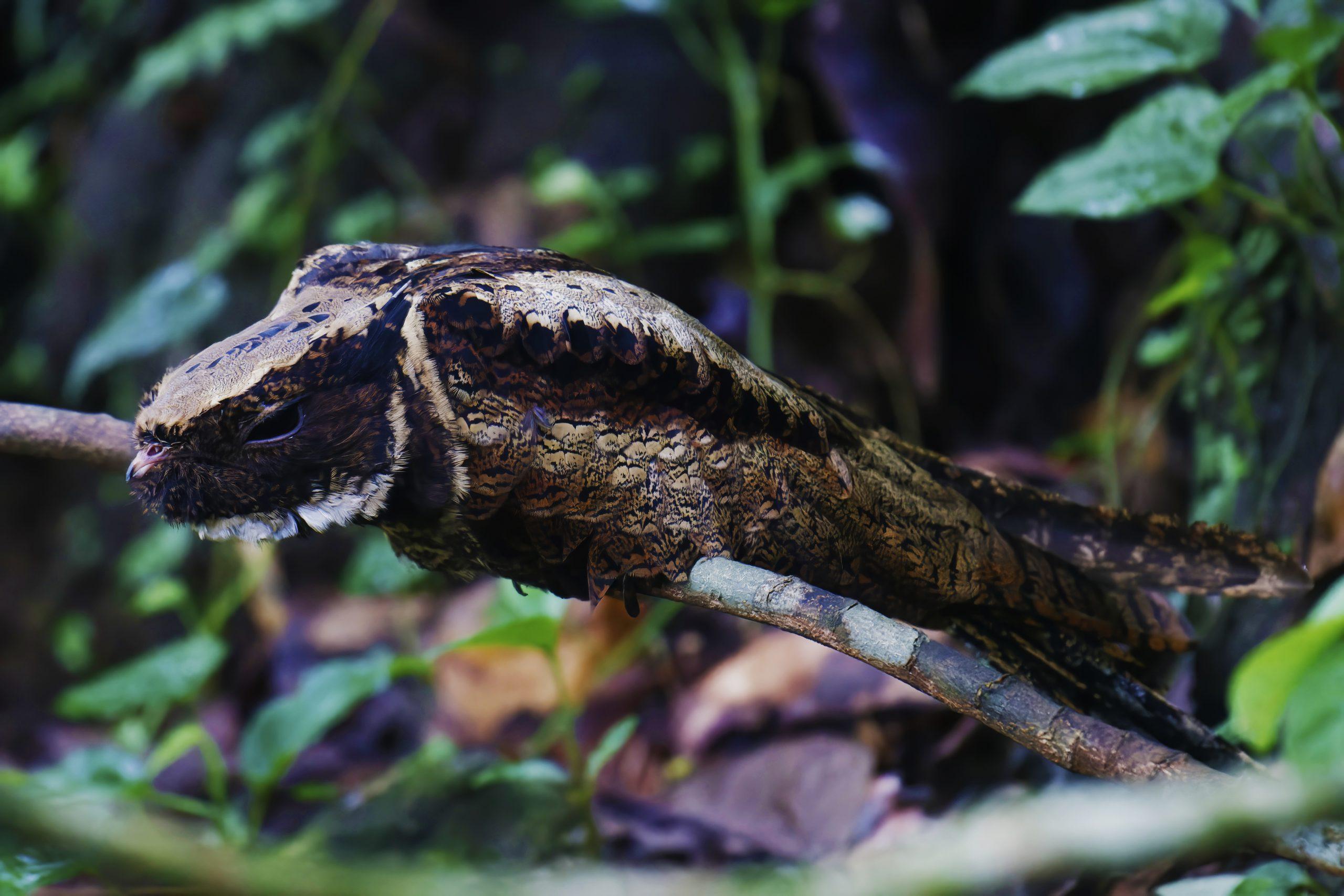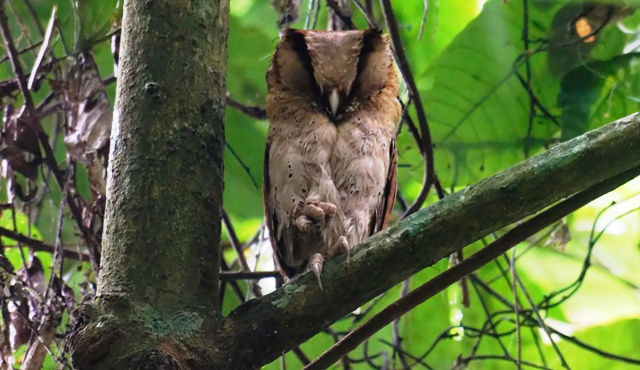The oriental turtle-dove (Streptopeliaorientalis), also known as the rufous turtle-dove, is a member of the Columbidae family characterized by its attractive plumage.
Key features include rufous-scaled scapulars and wing coverts, dusky underparts, and a distinctive black-and-white striped patch on the side of its neck composed of silver-tipped feathers. Notably, there is considerable variation in plumage across different subspecies.
While southernmost populations are sedentary, others exhibit migratory behaviour, moving southward during the winter months.
The oriental turtle dove is primarily found in open lowland woods and copses with dense undergrowth. Known for its shy nature, it tends to remain well-hidden within the tree canopy. Its distinctive call consists of two hoarse notes followed by two clear notes, “hr-hr oo-oo.”
The species has a broad native distribution range, extending from Europe eastward across Asia to Japan. Variations in plumage patterns have led to the designation of at least six named subspecies.
Populations inhabiting higher latitudes typically migrate south in winter, whereas those closer to the tropics exhibit a sedentary lifestyle. Occasional vagrants have been recorded in North America. The oriental turtle dove is primarily granivorous, obtaining its sustenance by foraging on the ground.
This Bird was photographed at Tiger Hills, West Bengal, India
Special thanks to the CIS-A2K and Wiki Loves Birds & Wikipedia Team.

K. Shiva Kumar. Wildlife Storyteller
These rare photographs have been clicked and contributed by K. Shiva Kumar, a professional Wildlife Storyteller (M.A in Journalism & Mass Communication, an alumnus of Central University Of Odisha, Koraput) from Hyderabad, Telangana.







